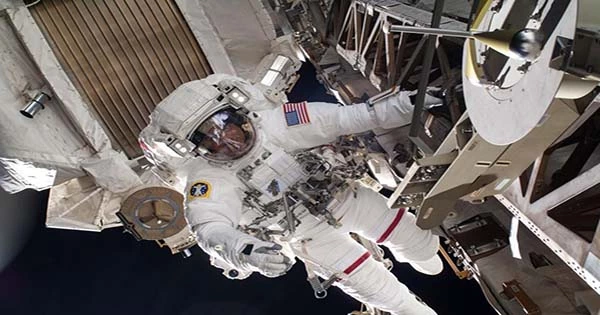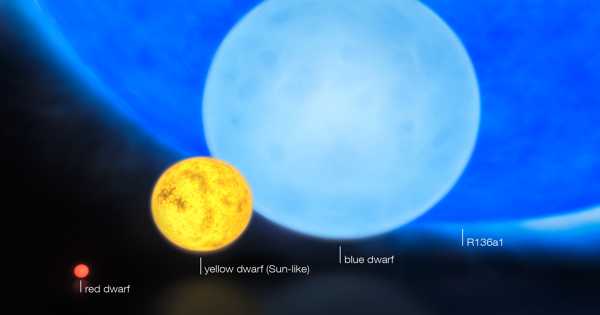This week, NASA’s Ingenuity Mars helicopter has caused some issues for its Earth-based engineers after one of its crucial navigation sensors failed. But have no fear: despite the fact that the broken sensor will cause some issues, NASA is optimistic that the brave Martian helicopter will be able to fly again. In a blog post, Hvard Grip, Ingenuity Mars Helicopter Chief Pilot at NASA’s Jet Propulsion Laboratory, reported that the vehicle’s inclinometer had ceased operating during preparations for its next flight.
This is a rotocopter device that measures gravity before takeoff to determine Ingenuity’s location in relation to the ground below. It will be difficult for Ingenuity to orient itself before taking off without it. Ingenuity looks to be experiencing vertigo. Fortunately, Grip and the crew believe they can obtain information from other equipment on board instead of the inclinometer. Although it won’t be as precise, Grip believes it will be sufficient to allow him to fly back safely. They’ll also be patching Ingenuity’s flying software to guarantee that its navigation algorithms don’t get mixed up.
“While a broken navigation sensor is a major setback – and it is – it isn’t necessarily the end of our mission on Mars,” says Grip. “Without more surprises, we expect Ingenuity to take to the skies in the near future for Flight 29 — a repositioning manoeuvre to the southwest meant to keep us inside communication range of Perseverance,” he continued.
On February 18, 2021, Ingenuity, a small robotic helicopter, landed on the Martian surface beside the Perseverance rover. It was the first vehicle to fly on another planet in April 2021, hovering for around 30 seconds and reaching a height of 3 meters (10 feet). It’s flown a total of 28 times above the surface of Mars since its first mission.
Flying a helicopter on Mars is more difficult than it appears. Because the planet has a far lower gravity and a very thin atmosphere than Earth, the helicopter’s rotor blades have far fewer air molecules to “bounce off” and achieve flight. So far, Ingenuity has outperformed all expectations, but trouble is on the way: winter has arrived in Mars’ Jezero Crater, bringing colder temperatures, fewer days, and more dust storms. The Zhurong rover in China has already gone into slumber to wait it out.
NASA is preparing for this dramatic shift by launching a new winter operations program in which Ingenuity will be turned off and restarted during the bitterly cold night. The interior temperature of the helicopter will drop to around -80°C (-112°F) during this time, putting strain on its internal workings. With its faulty inclinometer and frequent dust storms, it appears like Ingenuity may be in for a rough few months. We’re cheering you on!
















